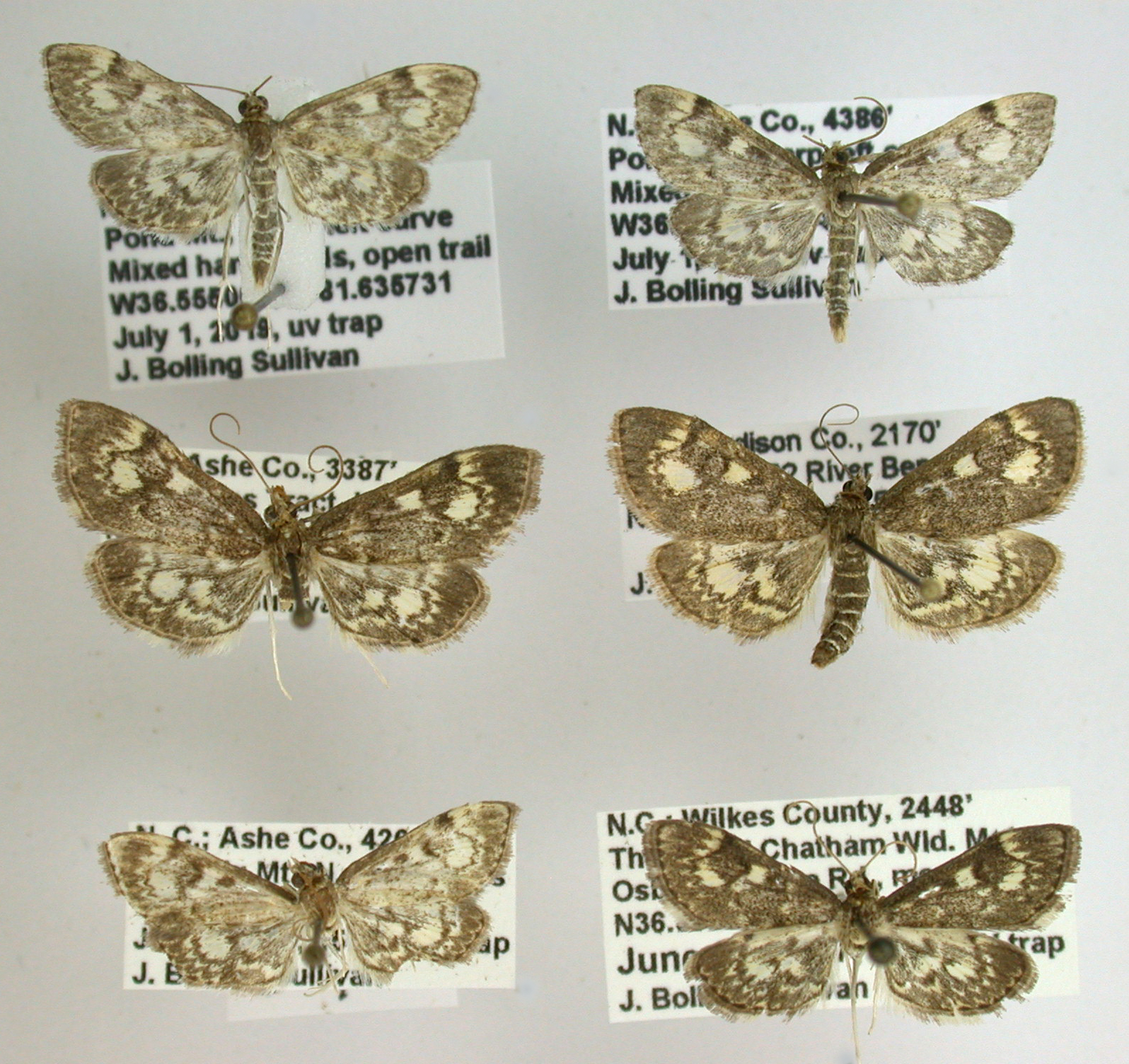
view caption
Top row: A. tertialis; both collected by J.B. Sullivan, July 1, 2019, Ashe Co. Middle row: A. plectilis, left, collected by J.B. Sullivan, June 26, 2017, Ashe Co.; right collected by J. Petranka, May 20, 2019, Madison Co. Bottom row: A. tennesseensis, left collected by J.B. Sullivan, July 1, 2016, Ashe Co.; right collected by J.B. Sullivan, June 28, 2017, Wilkes Co. |